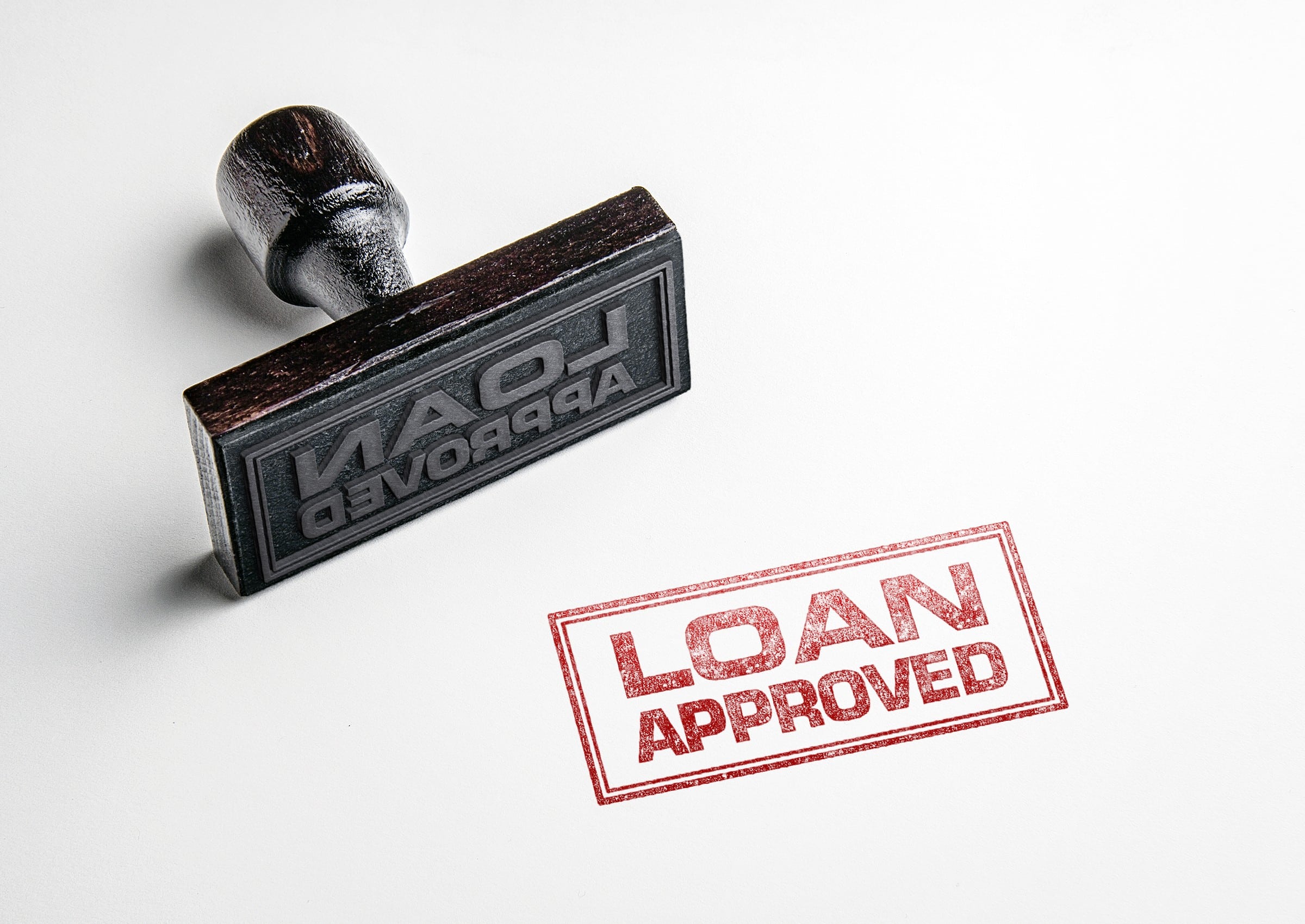Activity-based budgeting is a method associated with business: it’s when you figure out all the costs for all your products and services. After you have a list of those costs, you then make a budget based on all your business’s activities. Usually when you’re budgeting, you look at the previous year’s budget and make changes as needed. The costs for budget items typically remain the same, and in many cases are based on averages or industry standards.
While activity-based budgeting is a newer way of budgeting for businesses, it can work just as well for your family budget.
Who is activity-based budgeting best for?
Activity-based budgeting is best for self-employed individuals. That’s because when you’re self-employed, you generally know how much your time is worth. If you’re not self-employed, you can still use activity-based budgeting. You’ll simply use the hourly rate from your full-time job.
When should you use it versus other types of budgeting?
If traditional budgeting isn’t working for you and you’re already familiar with activity-based budgeting for your business, you might try it out for your household budget. As mentioned, it works best when you’re self-employed and you know what your time is worth.
How often should you reassess your finances?
For activity-based budgeting, you’ll want to reassess your finances when your daily routine of activities changes. For example, if you stop going to the gym and start attending hot yoga, you’ll want to update your activity-based budget accordingly. Although both are physical fitness activities, they both have different costs associated with them.
It’s also a good idea to review your activity-based budget when there’s a major life chance, such as the birth of a child, as there may be new activities and costs associated with them, such as child care and visits to the dentist. At a minimum you’ll want to review your activity-based budget once a year.[
What are the positives and negatives of activity-based budgeting?
Here are some pros and cons of activity-based budgeting.
Pros
- If you’re a small business owner, activity-based budgeting can come naturally to you.
- For those who are self-employed, it’s easier to determine how much your time is worth.
- If you mostly pay for everything with your credit card instead of cash, it can be pretty easy to figure out all the activities that you do by reviewing your credit card statements.
Cons
- It’s time consuming to create. You’ll need to get the entire family involved. Other family members may not be as enthusiastic as you.
- You might be better served by trying a traditional budget first to see if it works better for you since it tends to be less time consuming to set up and maintain.
How is an activity-based budget created?
Here are the steps involved in creating an activity-based budget.
1. List your daily, weekly and monthly activities
Start your activity-based budget by listing your daily, weekly and monthly activities. Need some help? Look at your family schedule and calendar for a reminder of everything that you do that costs money. Although it can be tempting, don’t edit your list. Write everything down as it comes to mind. Since this is a household budget, think about the activities for your spouse and children, too, and add their activities to the list. It might even be easier to get their help. Here’s what your list might look like:
- Weekday visits to local coffee shop
- Daily visit to the gym
- Commuting to your job
- Watching TV
2. Determine the costs of your activities
This is probably the most time-consuming part of activity-based budgeting, but as you’ll see, it’s well worth the effort. Next, you’ll need to determine the costs of your various activities. Thankfully we live in a mostly cashless society, so that process is made easier today.
To figure out the cost, gather all your receipts and review your bank statements. You might also be able to figure out the costs based on personal experience. Using the above examples, here’s what costing your activities might look like:
- Weekday visits to local coffee shop: $3 per coffee X 20 days per month = $60 per month
- Daily visit to the gym: $40 per month for gym membership
- Commuting to your job: $10 in gas there and back, $15 parking fees, $500 in annual vehicle maintenance
- Watching TV: $100 per month for cable
To get the most out of activity-based budgeting, you’ll want to figure out the total amount for all the costs of each activity. For example, if you drive to the gym, you’ll need to add a cost for that. Then figure out the total cost of all activities together.
3. Add the cost of your time
If you wanted to take your activity-based budget a step further, you could tally the costs of each of the activities that you do. For instance, if you estimate that your time has an hourly rate of $50, determine how long it takes you to perform each activity and add your personal cost of time for each activity. If you’re self-employed and provide a service, you should already be aware of your hourly rate. But if you’re not self-employed, it’s more difficult to figure out your hourly rate.
The simplest way is to use the amount you’re paid on an hourly basis from your full-time job. If you’re a stay at home parent, you can use the hourly rate of your spouse at their full-time job. If you’re not currently employed and you don’t have a spouse, use an hourly rate that you think is fair based on your work experience, skills and the employment market in general.
The Last Word on Activity-Based Budgeting
Activity-based budgeting is best suited for households where the breadwinners are all freelancers or own home businesses, and value their time well. By determining how much your time is worth, you can determine what activities are costing you too much for the time spent, and adjust accordingly. Ideally, self-employed workers will value their time more over time. Regardless of the budget type chosen, the end goal is to save money more effectively.










